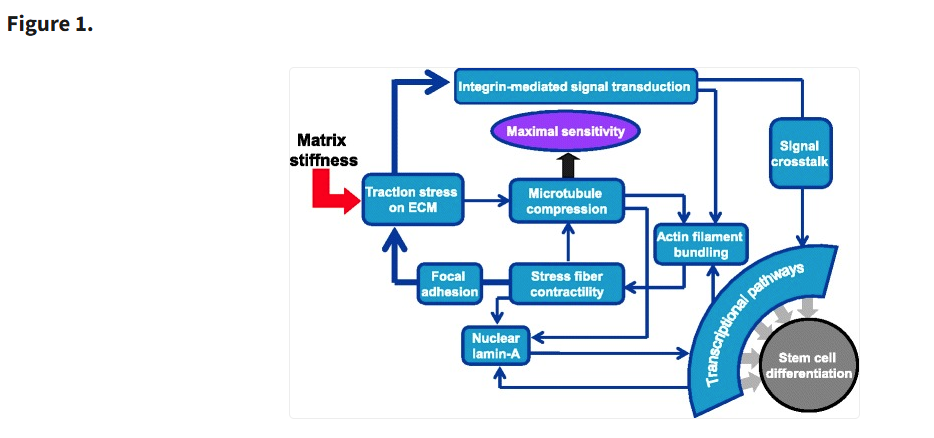Congratulations to Dr. David Julius and Dr. Ardem Patapoutian for winning the Nobel Prize in Physiology or Medicine with their groundbreaking research that solved a long-standing mystery of how the body senses touch and other mechanical stimuli!
The Nobel Prize committee cited the discoveries by Patapoutian and his colleagues of two ion channels, PIEZO1 and PIEZO2, that are necessary for the cells to respond to mechanical stimuli. Patapoutian says he had originally set out to investigate a fundamental question, how pressure and touch are perceived. But simple questions led to very complex discoveries, which continue today.
It turns out those mechanical pressure sensors control a wide array of biological needs, going far beyond the pain of a pinch or the pleasure of a caress, and extending to how one cell communicates with another, how we sense our body in time and space, how our organs move, and more.
“Mechanosensation is how cells talk to each other by force,” Patapoutian says. “We didn’t know the importance of pressure sensors to the body until we first found them. Blood pressure – hypertension is affected, as well as bladder fullness. We talk about a key that unlocks a door that opens to a room. These receptors are the key to the door of understanding biology and disease.”
The research has produced much that was unexpected. For example, Piezo1 is expressed in red blood cells and immune cells and may be involved in protection from malaria as well as affecting the amount of iron in blood, he says. Ion channels act as gates in a nerve cell’s outer membrane, letting electrically charged ions in or out, in the process, changing the neuron’s electrical state.
The exploration of PIEZOs continues. They may be involved in tracking how much the stomach stretches during a meal, and how much food passes through the intestines during digestion. They appear to be involved in neuropathic pain, too.
“The breakthrough by Patapoutian led to a series of papers from his and other groups, demonstrating that the Piezo2 ion channel is essential for the sense of touch,” the Nobel committee wrote. “Moreover, Piezo2 was shown to play a key role in the critically important sensing of body position and motion, known as proprioception.”
Dr. David Julius and his lab at UCSF have been long time users of Flexcell Tension Systems. A biochemist and molecular biologist, Julius’s work has focused on how our bodies sense heat, cold, and chemical irritants, leading to new insights about the fundamental nature of pain and new targets for pain therapy.
To understand how signals responsible for temperature and pain sensation are transmitted by neural circuits to the brain, Julius and his UCSF laboratory have taken advantage of a variety of noxious substances produced by animals and plants – including toxins from tarantulas and coral snakes; capsaicin, the molecule that produces the “heat” in chili peppers; and the chemicals underlying the pungency of horseradish and wasabi.
Julius’ work revealed that TRPV1, a specialized ion channel located at the outer tips of sensory nerves, responds both to the capsaicin in “hot” peppers and to temperatures greater than 110 degrees Fahrenheit, both of which are transmitted to the brain as a sense of heat. TRPV1 also contributes to the hypersensitivity to heat felt in injured tissue, such as sunburned skin, where mild stimuli can be perceived by the brain as burning hot.
A similar approach enabled Julius and his team to identify and study distinct TRP channels responsible for other types of sensation. Just as capsaicin revealed that TRPV1 allows sensory nerve cells to respond to heat, in 2002 Julius’ lab used menthol from mint and related compounds to identify a distinct channel called TRPM8 that responds to cold temperatures. A third TRP channel, TRPA1, responds to the pungent compounds that give wasabi its punch and is also involved in inflammatory pain. In recent years, Julius has turned his attention to better understanding the structure of TRPV1 and related molecules in hopes that this information could drive the design of new pain drugs.
Reference:
Bhattacharya MR, Bautista DM, Wu K, Haeberle H, Lumpkin EA, Julius D. Radial stretch reveals distinct populations of mechanosensitive mammalian somatosensory neurons. Proc Natl Acad Sci U S A 105(50):20015-20020, 2008





